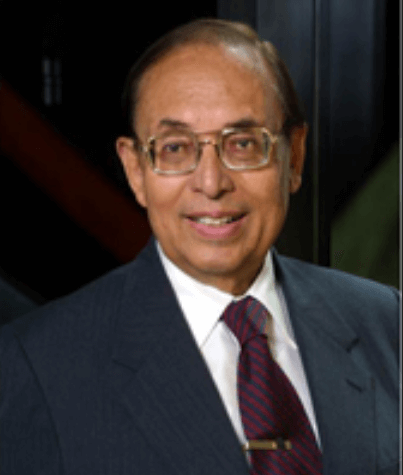![]()
“I was trained as a clinical scientist at the University of Minnesota, Minneapolis, MN, and after my training, a strange set of circumstances brought me to Shiraz, Iran. The story of zinc began when an Iranian physician presented to me at the medical center grand rounds, a 21-y-old man who looked like a 10-y-old boy and who was severely anemic… His genitalia were infantile. He had rough and dry skin, mental lethargy, hepatosplenomegaly, and geophagia. He ate only bread (whole wheat flour) and had no intake of animal protein. He consumed 0.5 kg of clay daily. He was severely iron deficient but had no blood loss. Later, I discovered that this syndrome was common in the villages of Shiraz, Iran.
Iron deficiency alone could not account for all the features that we observed in this case because growth retardation and testicular atrophy are not seen in iron-deficient experimental animals. An examination of the periodic table suggested to me that deficiency of another transitional element, perhaps zinc, may have also been present, which may account for growth retardation and hypogonadism. We hypothesized that a high phosphate content in the diet and geophagia may have decreased the availability of both iron and zinc, which resulted in deficiency of both elements.
Our later studies in Egypt documented conclusively that zinc deficiency occurred in humans and that zinc supplementation resulted in 12.7–15.2 cm of growth in 1 y and that genitalia became normal within 3–6 mo of zinc supplementation.
For nearly a decade, the idea that zinc deficiency occurred in humans remained very controversial. Several reports, however, confirmed our observation, and in 1974, the National Research Council of the National Academy of Sciences declared zinc as an essential element for humans and established a recommended dietary allowance (RDA).”
Source: Ananda S. Prasad. Discovery of Human Zinc Deficiency: Its Impact on Human Health and Disease. Adv Nutr. 2013 Mar; 4(2): 176–190. (full text)
